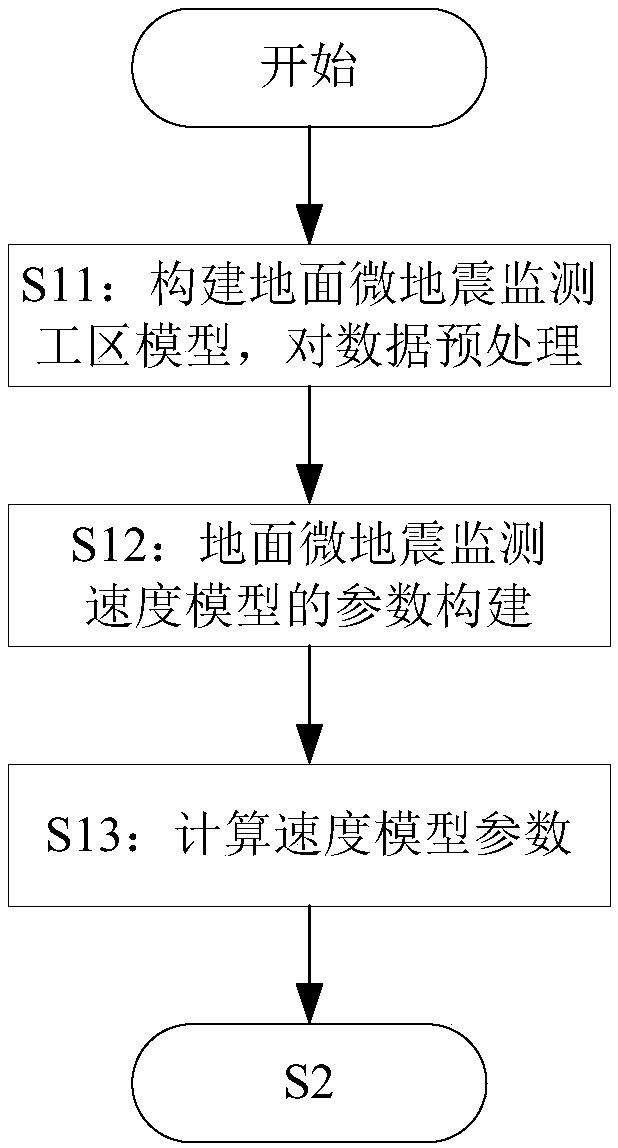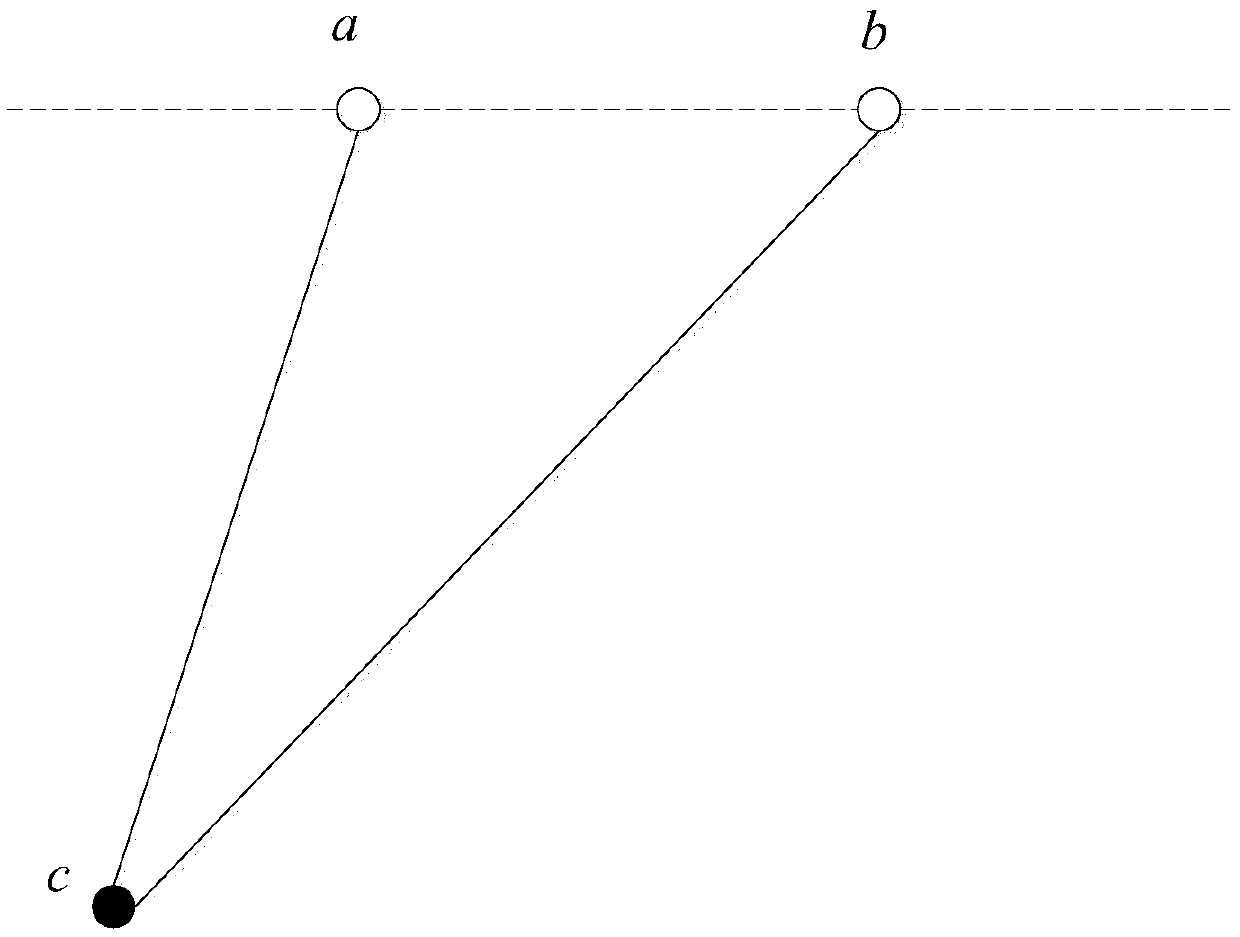Ground microseism monitoring anisotropy speed model
A velocity model and anisotropic technology, applied in seismic signal processing and other directions, can solve problems such as low positioning accuracy, large amount of calculation, and unsatisfactory positioning accuracy
- Summary
- Abstract
- Description
- Claims
- Application Information
AI Technical Summary
Problems solved by technology
Method used
Image
Examples
Embodiment Construction
[0070] The present invention provides an anisotropic velocity model for ground microseismic monitoring and an automatic construction method of the model, mainly involving the construction and calculation of the nine-parameter velocity model S1, automatic adjustment of the initial velocity S2, and correction of the velocity model parameters S3 by using the cross-validation method , the present invention will be described in further detail below in conjunction with the accompanying drawings and specific embodiments.
[0071] The flow chart of the automatic construction method of the ground microseismic monitoring anisotropic velocity model described in the present invention is as follows figure 1 As shown, it specifically includes the following steps:
[0072] S1: Construction and calculation of nine-parameter velocity model
[0073] The construction and calculation process of the nine-parameter velocity model is as follows: figure 2 As shown, firstly, the work area model for...
PUM
 Login to View More
Login to View More Abstract
Description
Claims
Application Information
 Login to View More
Login to View More - R&D
- Intellectual Property
- Life Sciences
- Materials
- Tech Scout
- Unparalleled Data Quality
- Higher Quality Content
- 60% Fewer Hallucinations
Browse by: Latest US Patents, China's latest patents, Technical Efficacy Thesaurus, Application Domain, Technology Topic, Popular Technical Reports.
© 2025 PatSnap. All rights reserved.Legal|Privacy policy|Modern Slavery Act Transparency Statement|Sitemap|About US| Contact US: help@patsnap.com



